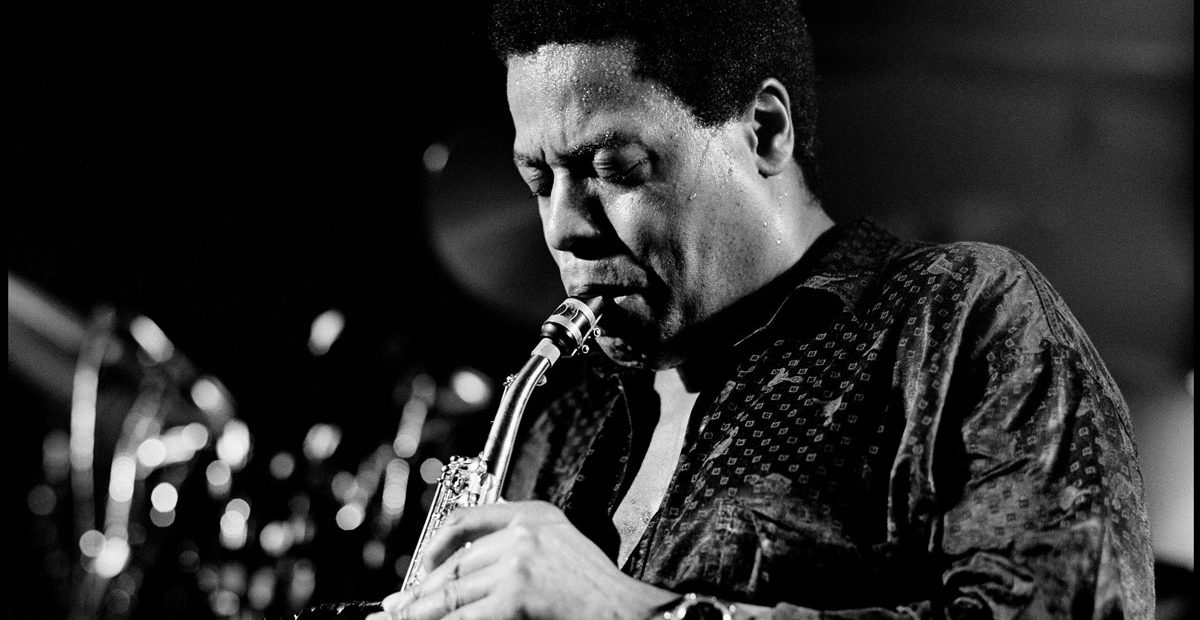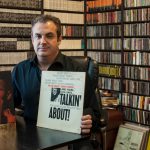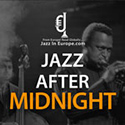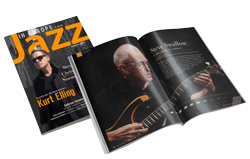This year marked a significant departure from our earthly realm as Wayne Shorter bid farewell. Embarking on a boundless voyage through the endless expanse of the universe, he traverses the cosmic tapestry he once frequented, weaving his ever-expanding musical threads into the fabric of eternity. Throughout my adult years, I’ve found solace and inspiration in the melodies of this master. Born on August 25, 1933, in Newark, New York, Shorter emerged as a prominent figure in the realms of hard bop and jazz-rock. His influence extended both as a virtuoso instrumentalist and a composer.
In the early 1960s, Shorter’s musical voice resonated with echoes of John Coltrane, a testament to their shared practice sessions after his army service. As his artistic identity flourished, he skillfully explored diverse avenues on the tenor and soprano saxophones, characterized by a compelling succinctness. His performances were adorned with subtle bop runs and Coltrane-esque embellishments, interspersed harmoniously with moments of silence and fragments of thematic motifs, acting as guideposts within unconventional compositions. Drawing inspiration from soul music, Shorter embraced a funky flair, marked by an economy of expression. This style melded a sharp attack, blues-infused syncopation, and a thoughtfully curated palette of tones. Notably, his soprano saxophone emanated a resplendent, entrancing timbre.
Shorter’s journey into the realm of music commenced with the clarinet at the tender age of 16, which gracefully evolved into a mastery of the tenor saxophone. From 1952 onward, he pursued his musical studies at New York University, culminating in a Bachelor of Music Education degree in 1956. During this period, he graced the stages of local bands, including a brief stint with Horace Silver in 1956 before his military conscription. By 1958, he had joined Maynard Ferguson’s ensemble, an encounter that introduced him to Joe Zawinul. Subsequently, an influential collaboration with Art Blakey’s Jazz Messengers from 1959 to 1963 saw him assuming the role of the band’s music director.
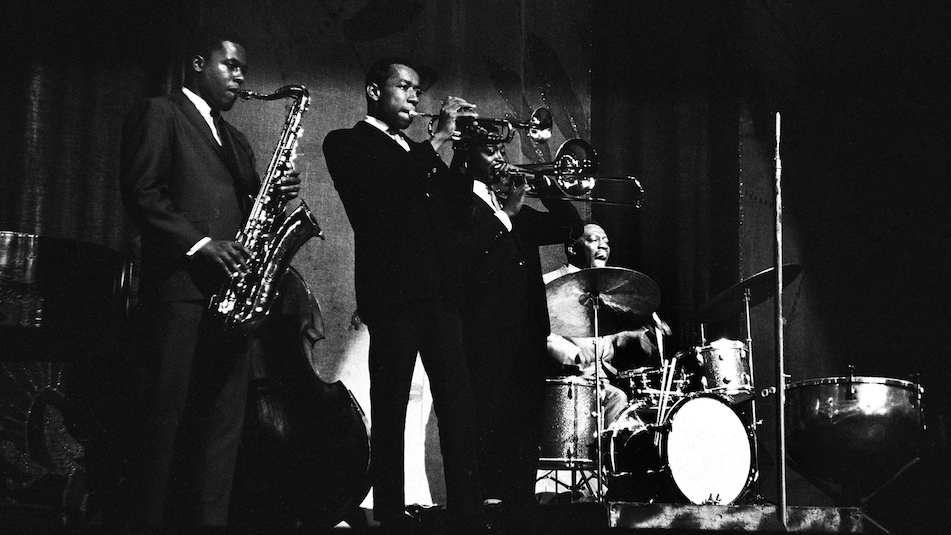
Wayne Shorter with Art Blakey’s Jazz Messengers (L-R: Wayne Shorter, Lee Morgan, Curtis Fuller, Art Blakey)
The pivotal year of 1964 marked Shorter’s inclusion in Miles Davis’s quintet, a partnership that lasted until 1970. During this era of musical exploration, he ventured into the realm of the soprano saxophone, complementing Davis’s groundbreaking experimentation with electronic instruments and novel ensembles. This period was a prolific one, with Shorter concurrently engaging in numerous solo recordings. In 1970, he co-founded the groundbreaking Weather Report alongside Zawinul, an enterprise that continued to shape the musical landscape throughout the 1980s. Concurrently, Shorter’s artistic endeavors included an acclaimed collaboration with Milton Nascimento in 1974 and participation in V.S.O.P. (1976-7). A seamless transition between the tenor and soprano saxophones defined his later years, commencing from the mid-1970s.
Shorter’s compositional ingenuity unveiled itself through distinct avenues. Notable examples include the bop-infused ethos exemplified by Miles Davis’s E.S.P. (1965) and Pinocchio (1967). These compositions were anchored by walking bass lines, intricate rhythmic drum patterns, and a framework where thematic statements intertwined with improvisational solos. Juxtaposing jittery melodies against rich harmonies, Shorter’s improvisational realm transcended traditional tonality. A divergent path emerged through Davis’s Nefertiti (1967) and Sanctuary (1969), which in turn laid the foundation for Weather Report’s enigmatic stylings. Here, accompanists embarked on spontaneous musical journeys while soloists navigated through contemplative, unhurried melodies. Weather Report’s musical identity drew from simple dance ostinatos and emotive melodies, culminating in the textured landscape of Surucucú, a product of collective improvisation.
Wayne Shorter embodied the essence of jazz—an art form capable of inducing a trance-like reverie, a voyage into dreams, and a dance between intoxication and temporal fluidity. As a devoted Buddhist and ardent science fiction enthusiast, his quest perpetually revolved around the pristine clarity of thought. Guided by the mantra “How can you rehearse the future?” he delved into the ineffable, the inexplicable—finding the boundless potential that surfaces when musicians release their reliance on rehearsed tricks and wholeheartedly embrace the spontaneous interplay between them. This mindful communion fosters an ethereal unity, a shared presence resonating in harmony. Within this realm, the delicate essence of the present moment converges with the pursuit of unfettered freedom—the liberation of the mind itself. Shorter once imparted, “The universe is in motion, shrouded in mystery. Our artistry lies in embracing that which we do not comprehend fully. Embracing the enigma is more profound than mere explanation.”
In reverence to the timeless wisdom of Lao Tzu, who proclaimed, “Kindness in words creates trust. Kindness in thinking creates depth. Kindness in giving creates love,” we commemorate Wayne Shorter’s illustrious legacy. As a gesture of homage, the JAZZFRITZ vinyl archive unveils these LPs, each a testament to Shorter’s enduring influence on the cosmic cadence of jazz.”
Featured Image by William Ellis
![]()
 WAYNE SHORTER :: Juju (1964) :: Blue Note Records BST 84182 :: Line-Up: Wayne Shorter, tenor saxophone; McCoy Tyner, piano; Reginald Workman, double bass; Elvin Jones, drums.
WAYNE SHORTER :: Juju (1964) :: Blue Note Records BST 84182 :: Line-Up: Wayne Shorter, tenor saxophone; McCoy Tyner, piano; Reginald Workman, double bass; Elvin Jones, drums.
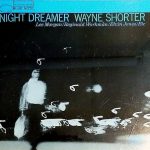 WAYNE SHORTER :: Nightdreamer (1964) :: Blue Note Records BST 84173 :: Line-Up: Wayne Shorter, tenor saxophone; Lee Morgan, trumpet; McCoy Tyner, piano; Reginald Workman, double bass; Elvin Jones, drums.
WAYNE SHORTER :: Nightdreamer (1964) :: Blue Note Records BST 84173 :: Line-Up: Wayne Shorter, tenor saxophone; Lee Morgan, trumpet; McCoy Tyner, piano; Reginald Workman, double bass; Elvin Jones, drums.
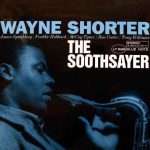 WAYNE SHORTER :: The Soothsayer (1965, remastered 2009) :: Blue Note Records LT-988 :: Line-Up: Wayne Shorter, tenor saxophone; James Spaulding, alto saxophone; Freddie Hubbard, trumpet; McCoy Tyner, piano; Ron Carter, double bass; Tony Williams, drums.
WAYNE SHORTER :: The Soothsayer (1965, remastered 2009) :: Blue Note Records LT-988 :: Line-Up: Wayne Shorter, tenor saxophone; James Spaulding, alto saxophone; Freddie Hubbard, trumpet; McCoy Tyner, piano; Ron Carter, double bass; Tony Williams, drums.
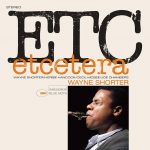 WAYNE SHORTER :: Etcetera (1965, remastered 1980) :: Blue Note Records LT-1056 :: Line-Up: Wayne Shorter, tenor saxophone; Herbie Hancock, piano; Cecil McBee, double bass; Joe Chambers, drums.
WAYNE SHORTER :: Etcetera (1965, remastered 1980) :: Blue Note Records LT-1056 :: Line-Up: Wayne Shorter, tenor saxophone; Herbie Hancock, piano; Cecil McBee, double bass; Joe Chambers, drums.
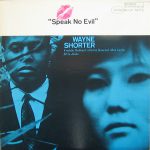 WAYNE SHORTER :: Speak No Evil (1966) :: Blue Note Records BST 84194 :: Line-Up: Wayne Shorter, tenor saxophone; Freddie Hubbard, trumpet; Herbie Hancock, piano; Ron Carter, double bass; Elvin Jones, drums.
WAYNE SHORTER :: Speak No Evil (1966) :: Blue Note Records BST 84194 :: Line-Up: Wayne Shorter, tenor saxophone; Freddie Hubbard, trumpet; Herbie Hancock, piano; Ron Carter, double bass; Elvin Jones, drums.
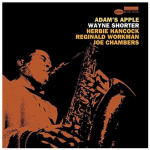 WAYNE SHORTER :: Adam’s Apple (1966, remastered 1985) :: Blue Note Records BST 84232 :: Line-Up: Wayne Shorter, tenor saxophone; Herbie Hancock, piano; Reginald Workman, double bass; Joe Chambers, drums.
WAYNE SHORTER :: Adam’s Apple (1966, remastered 1985) :: Blue Note Records BST 84232 :: Line-Up: Wayne Shorter, tenor saxophone; Herbie Hancock, piano; Reginald Workman, double bass; Joe Chambers, drums.
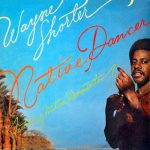 WAYNE SHORTER :: Native Dancer (1975) :: CBS Records 80721 :: Line-Up: Wayne Shorter, tenor & soprano saxophone, electric piano; Wagner Tiso, electric piano & organ; Milton Nascimento, vocals & percussion; Dave McDaniel, electric bass; Roberto Silva, drums; Jay Graydon, guitar; Herbie Hancock, piano; Airto Moreira, percussion; Dave Amaro, guitar.
WAYNE SHORTER :: Native Dancer (1975) :: CBS Records 80721 :: Line-Up: Wayne Shorter, tenor & soprano saxophone, electric piano; Wagner Tiso, electric piano & organ; Milton Nascimento, vocals & percussion; Dave McDaniel, electric bass; Roberto Silva, drums; Jay Graydon, guitar; Herbie Hancock, piano; Airto Moreira, percussion; Dave Amaro, guitar.
Last modified: September 1, 2023


